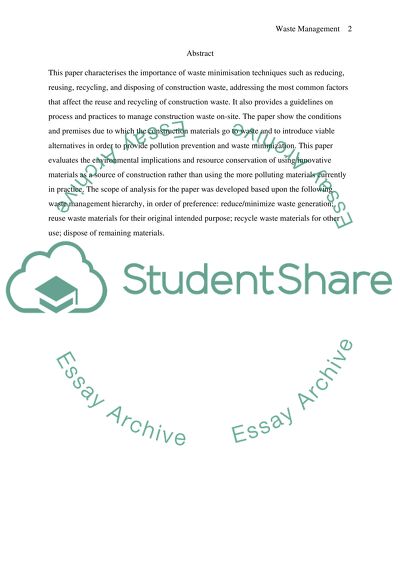Cite this document
(“Waste Management in Construction Industry Essay”, n.d.)
Waste Management in Construction Industry Essay. Retrieved from https://studentshare.org/technology/1523465-waste-management-in-construction-industry
Waste Management in Construction Industry Essay. Retrieved from https://studentshare.org/technology/1523465-waste-management-in-construction-industry
(Waste Management in Construction Industry Essay)
Waste Management in Construction Industry Essay. https://studentshare.org/technology/1523465-waste-management-in-construction-industry.
Waste Management in Construction Industry Essay. https://studentshare.org/technology/1523465-waste-management-in-construction-industry.
“Waste Management in Construction Industry Essay”, n.d. https://studentshare.org/technology/1523465-waste-management-in-construction-industry.


